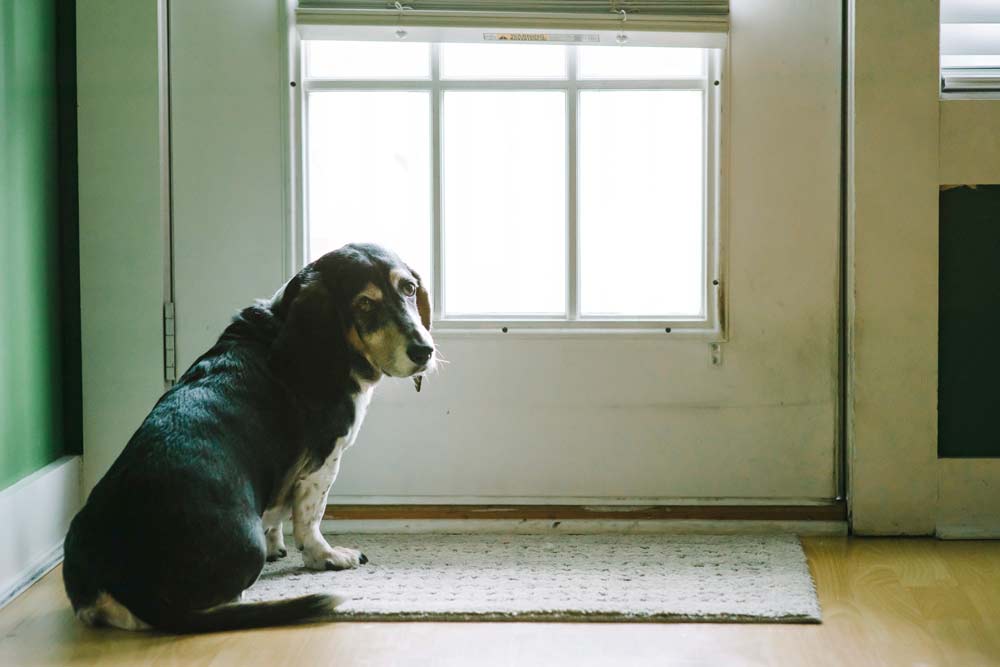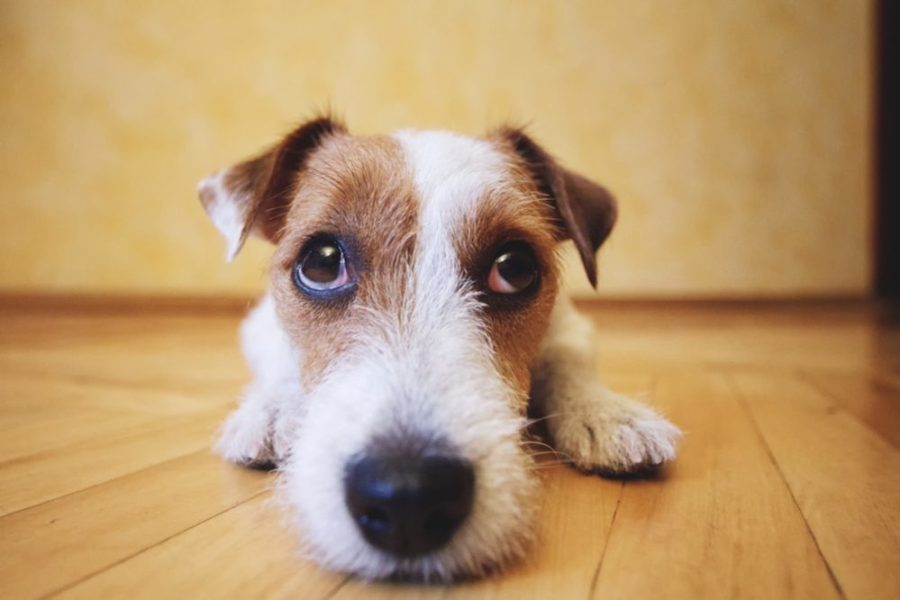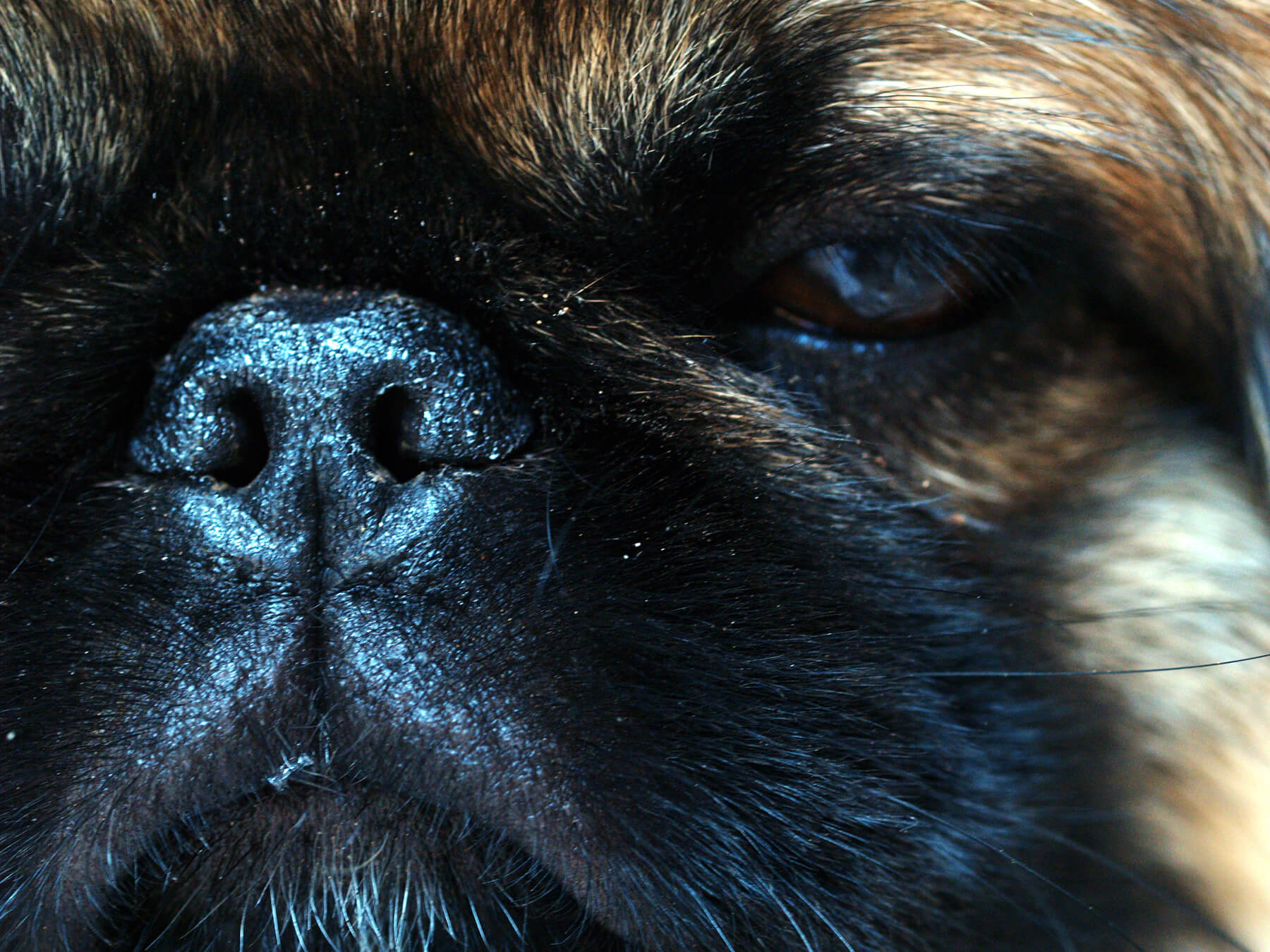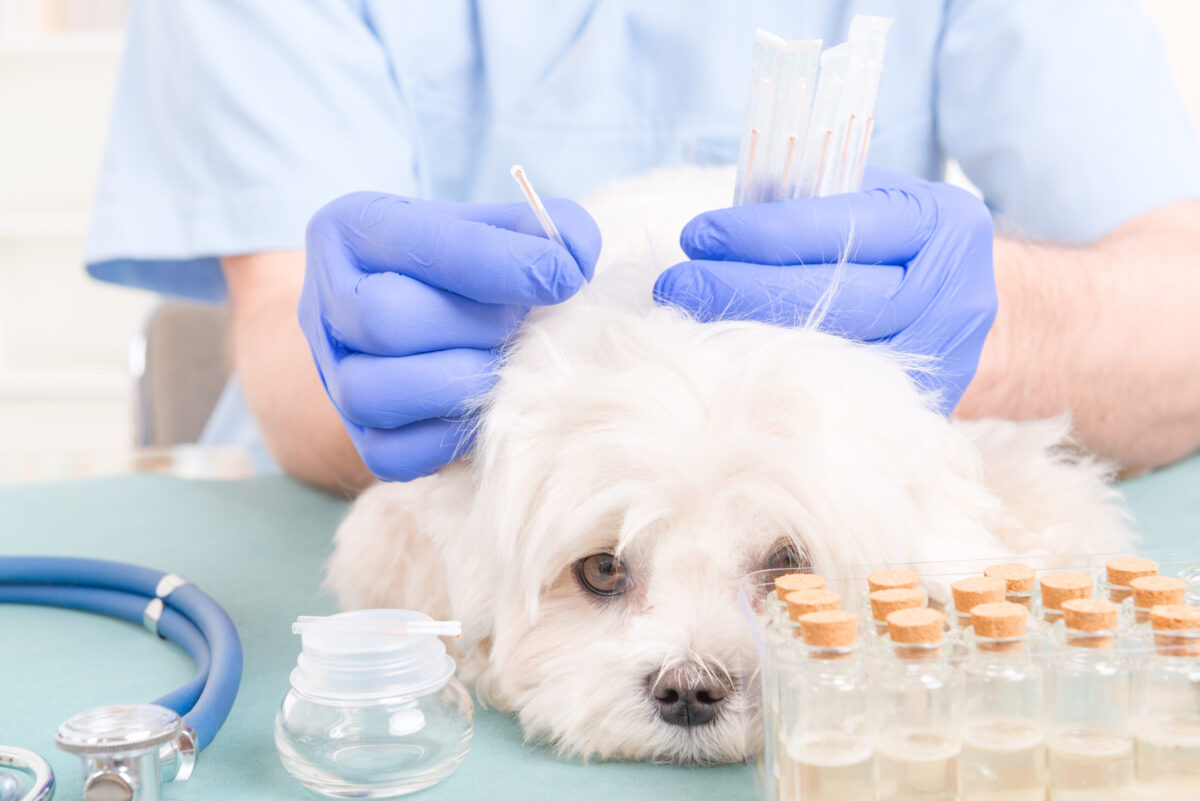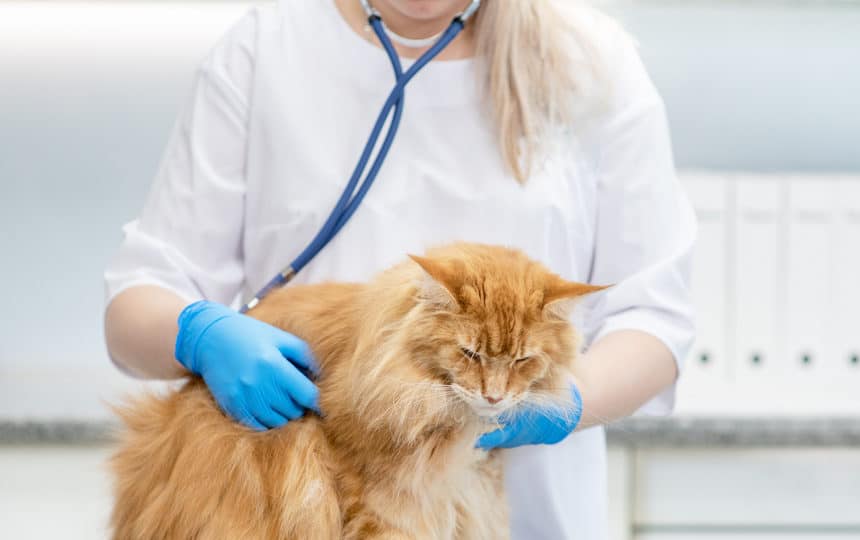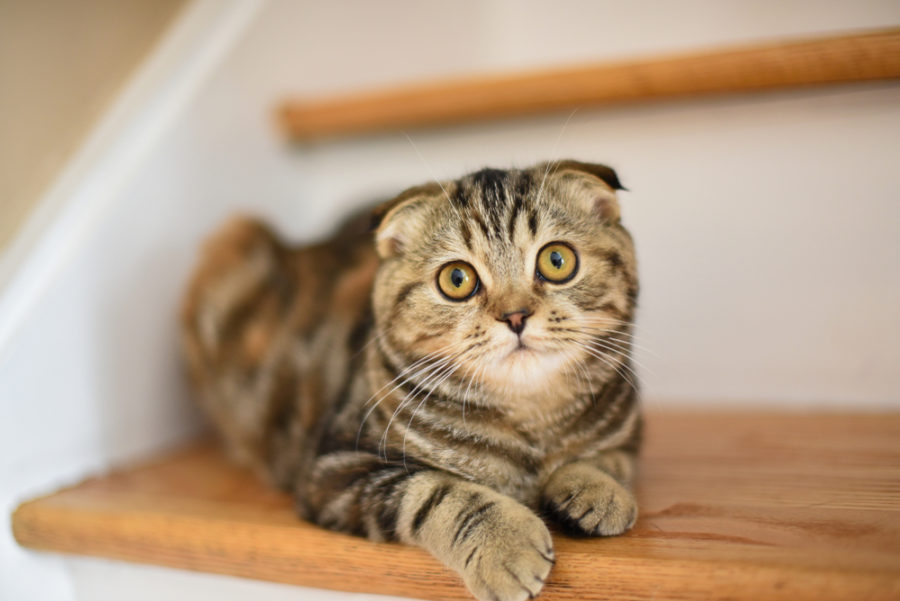Urinary incontinence can have many causes. A successful resolution for your dog or cat depends on the right diagnosis and treatment.
Are you finding spots or puddles of urine on your floors? Don’t just assume your companion has forgotten his housetraining. It could be urinary incontinence, which can range from a little leakage when the animal is sleeping, to a large puddle on the floor on the way outside. Dogs and cats with urinary incontinence often lick their genitalia and have irritated, red or raw skin from urine scalding. Unlike marking behavior or loss of housetraining, urinary incontinence is an unconscious act; in other words, the animal is unaware of what is happening. Many times, you’ll find his bed or other areas where he sleeps wet and contaminated with urine.
Incontinence can have a number of causes. Here are the most common ones:
Urinary tract infections
If your animal has a bladder infection, he may not be able to control when and where urination occurs. The infection irritates the bladder and causes what is called “urge incontinence”. The urge to go is so strong that the animal has trouble controlling it and may not get outside or to the litter box in time. Urge incontinence is triggered by bladder spasms caused by the infection. The animal usually realizes he has to urinate, but the urge is so strong he can’t control it. Treating the infection eliminates this form of incontinence.
Hormonal imbalance or deficiency
Hormonal incontinence occurs in dogs of both sexes, and occasionally female cats, but is most common in older spayed female dogs. It’s the most common type of incontinence seen in dogs. They urinate normally when they are awake, but leak urine when they sleep. It can occur months to years after neutering surgery.
Bladder stones
If a dog or cat has bladder stones, it can appear as if he is incontinent when he actually has a partial blockage of the urethra ( the bladder outflow tract). The bladder can get so large that the pressure causes urination to occur around the blockage. A very large bladder can be palpated on physical examination. Urinary obstructions like this can be fatal if not diagnosed and treated.
Neurological problems (disc prolapses)
If a dog or cat has a disc problem in the lower back that’s interfering with the nerves to the bladder, it can cause the bladder to lose tone, producing a consistent leakage of urine. A tumor or lesion in the brain could cause this as well. Generally, with a disc prolapse, there are other neurological signs such as paralysis or muscle weakness in addition to incontinence.
Prostate problems
Older male dogs can suffer from enlarged prostates or prostate cancers. If the dog is an intact older male, hormones can cause the prostate to enlarge and press on the urethra. This acts just like an obstruction and prevents urination. The dog frequently drips small amounts of bloody urine. Prostate cancer can have similar symptoms but also affects the spine, so he may have difficulty ambulating as well.
Weak bladder sphincter
As dogs and cats age, they develop weak muscles. This includes the muscles of the bladder sphincter, which keeps the urine in the bladder. When the animal has a full bladder, it presses on the weakened sphincter and results in incontinence.
Congenital problems
Incontinence in young dogs and cats often arises from a congenital problem or birth defect. The most common problem is an ectopic ureter. The ureter is the tube that carries urine from the kidneys to the bladder. If this tube is abnormally connected to the vagina or urethra, the urine will constantly leak out instead of filling the bladder. This condition is most common in female dogs. Breeds most often affected are the Siberian husky, poodle, Labrador retriever, collie, Corgi and fox terrier. Surgery is needed to correct this problem.
Other causes
Intermittent incontinence has been seen in cats of both sexes who are affected by the leukemia virus. Senior dogs and cats, meanwhile, can suffer from senility, which may lead to incontinence.
 Diagnosis and treatment
Diagnosis and treatment
A proper diagnosis of your dog or cat’s urinary incontinence is very important, since the treatment will differ according to the cause. Diagnosis usually consists of a medical history and physical exam, urinalysis, urine culture, bloodwork, x-rays and possibly ultrasound.
Once the diagnosis is established, treatment can begin. Surgery may be recommended depending on the condition (for example, bladder stones). If an infection is present, antibiotics may be dispensed. If no specific diagnosis is found, incontinence drugs such as estrogen or phenylpropanolamine may be prescribed.
Holistic therapies
If the dog or cat has undiagnosed, hormonal or neurological incontinence, holistic treatments may be effective.
- There’s a theory that incontinent dogs leak urine due to an injury in the lumbosacral area. It’s thought this injury may arise from excessive stretching when the dog is on her back for a spay surgery, or from excessive exercise.
Chiropractic adjustments, particularly to the sacrum, can restore the spine to its natural alignment. and relieve pressure on the nerves so they function more efficiently, thereby stopping the incontinence. Sometimes, only one treatment eliminates the problem, but three to five treatments are more commonly needed.
Acupuncture also stimulates the nerves to restore normal function; again, three to five treatments are generally effective, particularly if combined with herbal remedies.
- If the animal s recurrent urinary tract infections, herbals can help. Combinations of stoneroot, marshmallow, Echinacea and dandelion can eliminate infections.
For true undiagnosed incontinence or hormonal incontinence, several different Chinese herbal remedies can be used. One I have been impressed with for young dogs with urinary incontinence is Suo Quan Wan (Restrict the Fountain Pill). With all Chinese herbals, it is important to work with a veterinarian who can diagnose the TCM pattern and then prescribe the herbs appropriately.
It is not unusual for a young dog diagnosed with hormonal incontinence to be able to gradually stop these herbs after taking them for a few months.
As you can see, urinary incontinence is more than just an inconvenience. Because it has so many different causes, some more serious than others, it’s important to have your dog or cat examined by a vet. A successful resolution to the problem depends on the right diagnosis and treatment.

